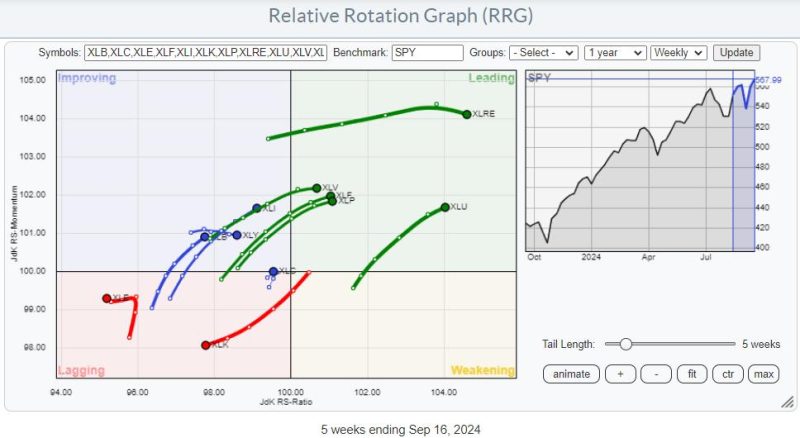In the realm of finance, the concept of sector rotation plays a pivotal role in guiding investment decisions and navigating the constantly evolving market landscape. As investors strive to maximize returns and minimize risks, understanding the dynamics of sector rotation is crucial. However, a dilemma often arises when determining the optimal timing and strategy for rotating between sectors.
One key aspect of the sector rotation dilemma is the challenge of accurately predicting shifts in market trends and identifying the best sectors to rotate into. Market volatility, economic indicators, geopolitical events, and other external factors can all influence the performance of different sectors. Consequently, investors must conduct thorough research and analysis to make informed decisions about sector rotation.
Another factor complicating the sector rotation dilemma is the potential for overreacting to short-term market fluctuations. While it is important to adapt investment strategies based on changing market conditions, hastily rotating between sectors in response to minor movements can lead to suboptimal outcomes. Finding the right balance between proactive portfolio adjustments and staying the course with a long-term investment plan is essential.
Moreover, the sector rotation dilemma also involves considering the trade-offs between risk and return. Some sectors may offer higher potential returns but come with greater volatility and risk, while others may provide more stability but lower growth prospects. Investors must weigh these factors carefully and align their sector rotation strategy with their risk tolerance and investment goals.
Furthermore, the sector rotation dilemma underscores the importance of diversification within a portfolio. By spreading investments across various sectors, industries, and asset classes, investors can reduce concentration risk and mitigate the impact of sector-specific downturns. Diversification is a key strategy for navigating the sector rotation dilemma and building a resilient investment portfolio.
In conclusion, the sector rotation dilemma presents a complex challenge for investors seeking to optimize their investment strategies and achieve their financial objectives. By carefully analyzing market trends, avoiding knee-jerk reactions, balancing risk and return considerations, and embracing diversification, investors can navigate the sector rotation dilemma effectively. Ultimately, a well-informed and disciplined approach to sector rotation can help investors adapt to changing market conditions and enhance their long-term investment outcomes.




























